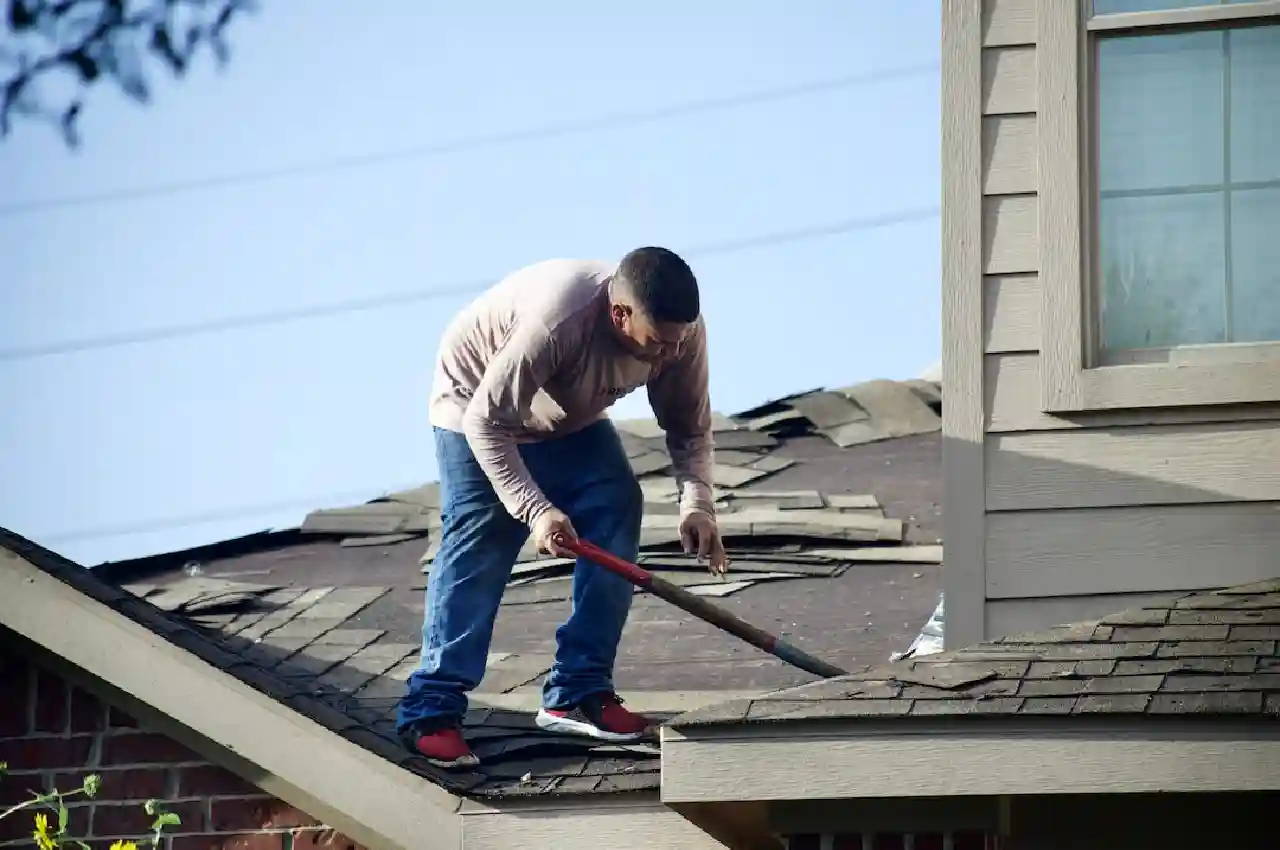NEWS
The Pros and Cons of Built-up Roofs: Is It the Right Choice for Your Building?

Deciding on the right roofing materials for your building is a decision that shouldn’t be taken lightly. Among the various options available, built-up roofs (BUR) stand out as a popular choice.
But like any construction material, they come with their own set of advantages and disadvantages. In this post, we’re going to walk you through the pros and cons of built-up roofs. We’ll help you assess if this roofing option is the right fit for your building’s needs.
So, let’s begin!
It Comes With Proven Durability
Built-up roofs have been around for over 100 years. And, there’s a reason why they’ve stood the test of time. It comes with multiple layers of:
- roofing felts
- bitumen
- gravel
All these make it an incredibly durable option for your building. This also makes built-up roofs ideal for structures that experience high foot traffic or regular exposure to harsh weather conditions.
It Comes With Waterproofing Properties
The multiple layers in a BUR system provide excellent protection against water infiltration. Thus, making it a top choice for buildings located in areas prone to heavy rain or snow.
This is because the multiple layers create a barrier against moisture, preventing leaks and potential damage to the building’s interior.
It Offers Energy Efficiency
Built-up roofs are also known for their energy-efficient properties. The layers of insulation and gravel on top act as a natural barrier. It’s what keeps the building’s interior temperature regulated.
This can help reduce heating and cooling costs. Thus, making it an attractive option for commercial buildings with large roof surfaces.
Concerns of Installation Complexity
The process involves multiple layers, and if not done correctly, can lead to issues such as leaks or structural damage. This means hiring a skilled professional is crucial for a successful BUR installation. Additionally, the installation process can be time-consuming and disruptive to the building’s operations.
Concerns of Weight Considerations
Built-up roofs are known for their heavy weight, and this can pose challenges to certain buildings. The added weight of the multiple layers can put a strain on the building’s structure if it is not properly designed to handle it. However, with the best company for roofing in mind, a qualified contractor can help assess if a BUR system is suitable for your building’s structure and make necessary adjustments.
Concerns With Maintenance Requirements
While built-up roofs are durable, they also require regular maintenance to ensure their longevity. This includes re-applying gravel and sealant every few years, as well as conducting inspections for any potential damage or issues. This can add to the overall cost of ownership over time.
Weigh the Pros and Cons of Built-up Roofs
Built-up roofs offer a proven track record of durability, waterproofing capabilities, and energy efficiency. However, it is important to consider the challenges that come with installation complexity, weight considerations, and regular maintenance requirements.
We hope this overview has provided valuable insights to help you make an informed decision on whether built-up roofs are the right roofing material for your building’s needs. Remember to consult with a professional roofing contractor for expert advice and proper installation techniques to ensure the longevity of your built-up roof.
Should you wish to explore other topics, visit our blog. We’ve got more!
Having completed my education in English, I’ve cultivated a successful career as a content writer. My tenure includes valued collaborations with distinguished professional organizations, reflecting my commitment to producing high-quality content.
Contact me on this mail: [email protected]










